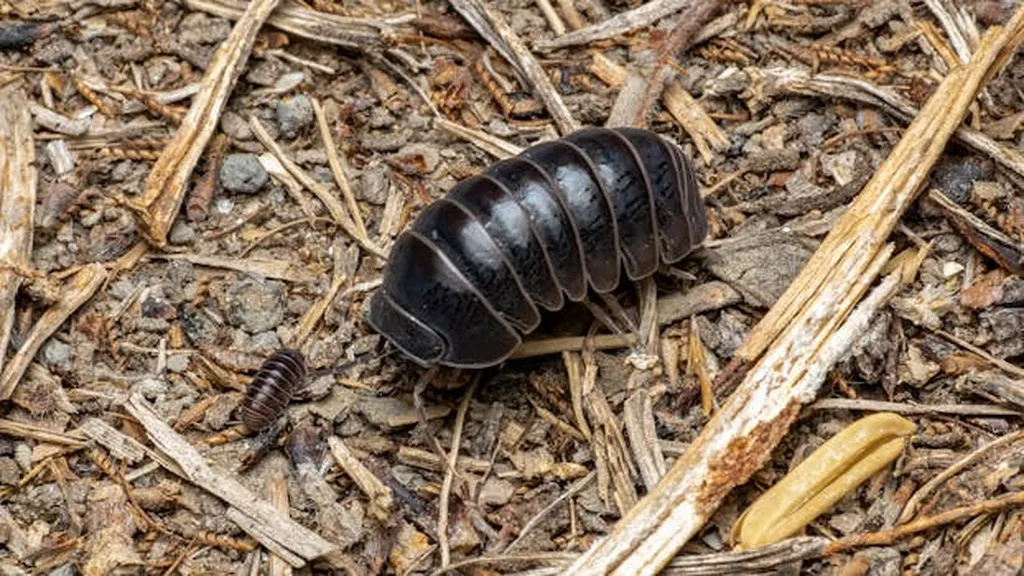In the heart of Guangzhou University, a team of researchers led by Jiehui Ke from the School of Geographical Sciences and Remote Sensing has developed a groundbreaking model that promises to revolutionize soil fauna detection. Their work, published in the esteemed journal *Scientific Reports* (translated from Chinese as “Scientific Reports”), introduces an improved algorithm based on the You Only Look Once (YOLO) v9 framework, which significantly enhances the efficiency and accuracy of detecting soil-dwelling creatures.
Soil fauna, the tiny organisms that inhabit the earth beneath our feet, play a pivotal role in maintaining ecosystem functions and assessing environmental health. Accurate and efficient detection of these creatures is essential for ecological monitoring and sustainable land management. Ke and his team have addressed this need by developing a model that not only improves feature capture capability but also reduces parameters by an impressive 33.6%.
The model incorporates a dynamic local shuffle module (DLSConv), which utilizes convolutions and adaptive shuffling to enhance information interaction and feature richness. Different efficient modules with multi-branch fusion structures, integrating DLSConv, are adopted for the Backbone and Neck of the model. This integration optimizes the feature maps fed into the detection head, thereby improving the network’s ability to extract features and detect targets.
The results speak for themselves. Ablation experiments demonstrate that the model achieves a 2.3% improvement in F-score and a 1.8% increase in mean average precision (mAP)@50. On the soil fauna dataset, it attains 94.3% in mAP@75, significantly outperforming the baseline in challenging scenarios. “This model’s efficiency and reliability make it ideal for soil fauna detection on resource-constrained devices,” Ke explained. “It can significantly enhance ecological monitoring through scalable biodiversity assessment and empower precision agriculture applications via actionable insights into soil health and faunal activity.”
The implications of this research are far-reaching. For the energy sector, understanding soil health and biodiversity can inform sustainable land management practices, which are crucial for maintaining the integrity of ecosystems that support energy infrastructure. For instance, healthy soil ecosystems can enhance carbon sequestration, mitigating the impacts of climate change, which is a pressing concern for the energy sector.
Moreover, the model’s ability to provide actionable insights into soil health can guide precision agriculture, leading to more efficient use of resources and reduced environmental impact. This is particularly relevant for the energy sector, as sustainable land management practices can support the development of renewable energy sources and reduce the environmental footprint of traditional energy production methods.
Ke’s research highlights the potential of deep learning in addressing critical environmental challenges. As the world grapples with the impacts of climate change and biodiversity loss, innovative solutions like the DMM-YOLO model offer a glimmer of hope. By enhancing our ability to monitor and manage soil health, this research paves the way for a more sustainable future.
The publication of this research in *Scientific Reports* underscores its significance and potential impact. As the scientific community continues to explore the applications of deep learning in environmental monitoring, Ke’s work stands out as a testament to the power of innovation and the pursuit of sustainable solutions.

